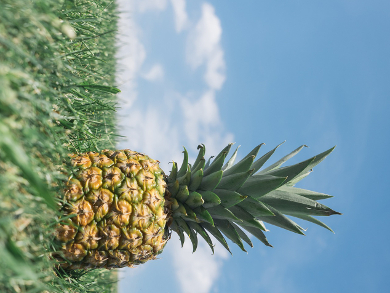Conrad Zeidler, German Aerospace Center (Deutsches Zentrum für Luft- und Raumfahrt, DLR), Institute of Space Systems, Bremen, Germany, and international partners cooperate to create “Vertical Farm 2.0”, which will allow the multi-level cultivation of plants in large cities.
In the vertical farm, plants would grow in production factories, which would need a land area of about 74 by 35 m, under precisely controlled, ideal conditions. The vegetables could be grown on four different shelf levels accommodating various plants on each of the six-meter high floors. Each storey could for example yield more than 630,000 kg of lettuce or 95,000 kg of tomatoes annually.
The plants would be exposed to LED light and receive their nutrients in a liquid form, in a clean cycle, sealed from the outside world, and soil is not necessary. Therefore, pesticides or chemical insecticides are not needed. The system will only need a relatively small amount of process water which is continually re-used. The scientists are currently testing optimum lighting, the best possible irrigation system, and ideal arrangements of the plants.
The vertical farm means that no extended farmland is needed, transport routes are extremely short, and the plants will grow faster in a more productive process where even the taste can be influenced by adjusting the parameters. Currently, the greatest challenge is the substantial amount of energy that the LED lighting requires. LEDs are becoming increasingly efficient, so the researchers hope that the relative cost of the energy consumption will drop over the next few years.
- Vertical farming – high-rise agriculture,
dlr.de, December 11, 2015. - German Aerospace Center (Deutsches Zentrum für Luft- und Raumfahrt; DLR), Cologne, Germany




